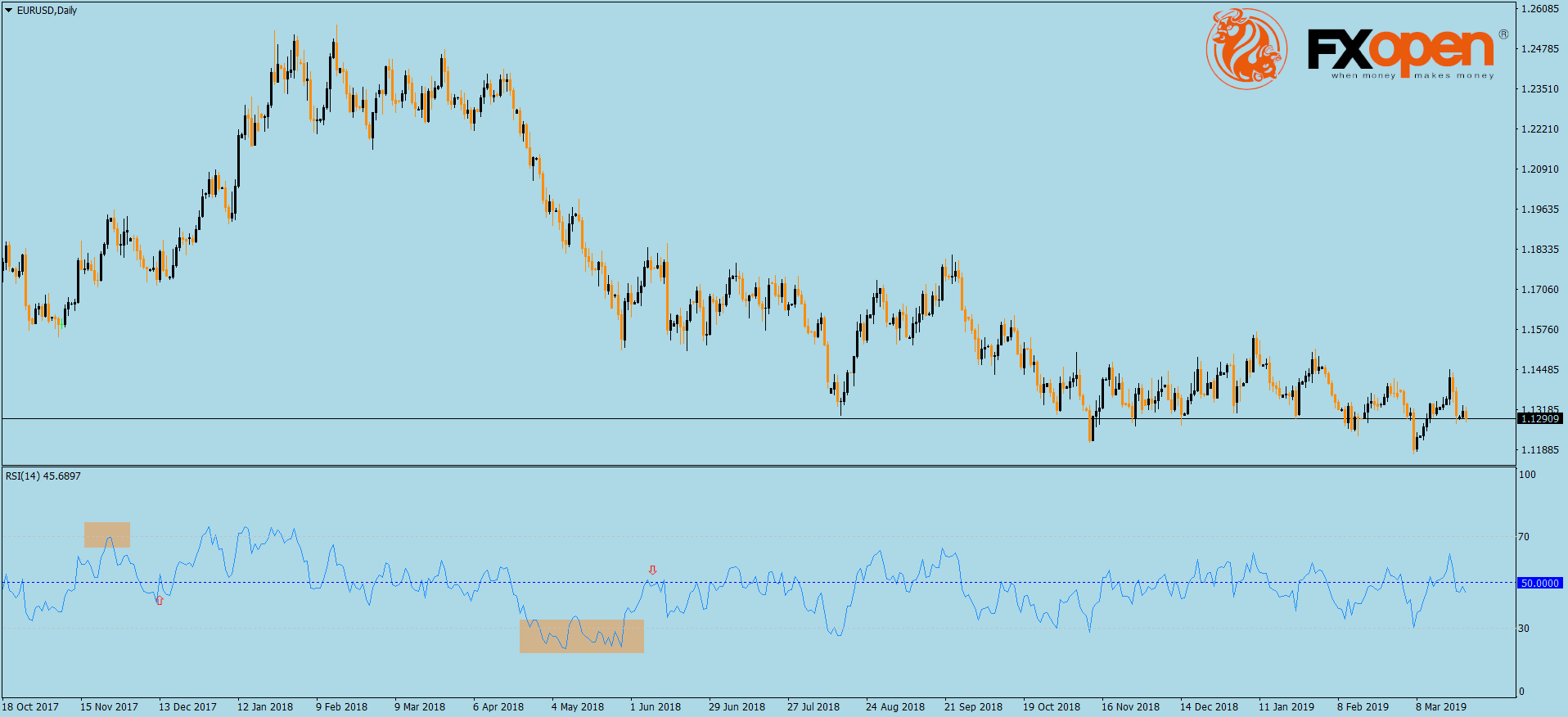FXOpen

Algorithmic trading dominates the price action in all financial markets. In the last decades, computer programs more and more sophisticated, began replacing human trading.
As computers began more reliable in time, coding reached new levels. To have an idea of how serious the algorithmic industry is, imagine that some programs trade on the seventh decimal in a currency pair’s quotation.
It does that for thousands of times per second. Relentlessly, without getting tired or even bored.
Naturally, a human being can’t do that. Speed is the name of the trading game in the 21st century, and people can’t compete with machines.
Therefore, it is almost by definition that any trade that has logic for the human brain, it starts on the wrong foot. Regardless of the hours spent interpreting the fundamental and technical side of the story. Computers don’t care.
The irony is that you may be right, correct in all the assumptions, and the market still to move in the opposite direction. Thus, retail traders especially, need an edge over computers. How about doing the opposite?
Reverse Psychology in Currency Trading
If, as a retail trader, you’ll have it the hard way anyway due to algorithmic trading, how about doing the opposite? If the logic behind a trade is discounted so quickly by algorithms, why not do the opposite?
We all know that most trading theories and indicators were developed back when computers didn’t even exist. For instance, the Elliott Wave Theory traces its roots back in the 1930s. Harmonic pattern trading too!
Pitchfork and Gann, but also famous indicators like the RSI (Relative Strength Index), were used to trade well before the currency market even existed. Not to mention computers!
Having said that, why dealing with a new situation (algorithmic trading) using old methodology? The answer is that in the end, human nature dominates and reigns over algorithmic trading too. After all, even computers need someone to program them.
Nevertheless, the need to stand out of the crowd remains. If the RSI (Relative Strength Index) has overbought and oversold levels, why not doing the opposite and interpret it the other way around?
For instance, the very definition of the RSI is to sell overbought (levels bigger than the 70 level) and buy oversold (levels smaller than 30). If that’s the case, and everyone knows it, why the strategy doesn’t bear fruits?
Sell Oversold, Buy Overbought
Is this headline even serious? The answer is yes.
Like any oscillator, the RSI works only on ranging conditions. When the market is in a strong trend, overbought and oversold levels simply won’t work.

Here are some steps that might help:
- Draw a horizontal line on the RSI indicator, highlighting the 50 level
- Wait for the RSI to reach overbought or oversold levels
- Wait for a pullback below 50 (after overbought) or above 50 (after oversold) and a quick retracement in the opposite direction
- Enter the market targeting new highs, with a stop loss at the 30, respectively the 70 level
Doing the opposite is not that bad, isn’t it?
Try to Lose
Another way to gain a competitive advantage is to do the opposite when thinking of taking a trade. Do your analysis, interpret the market, and instead of buying, sell. Or, instead of selling, buy.
Test this for a while on a demo account. Or, paper trading. Surprisingly (or not), you’ll find out that the results outpace the ones when trading normally. How come? Algorithmic trading is the answer, yet again.
Trade Bigger Timeframes
Retail traders love lower timeframes, like five-minute and the hourly. Or, even lower ones.
So, does trading robots. Hence, avoid them as much as possible, if you are to stand a chance against computers.
Deal with the daily charts and above, increase the time horizon for a trade, but also the targets. This way, scalping is avoided, and you’ll end up riding stronger trends, with little or no stress at all.
Conclusion
It is the way we approach the market that differentiates the outcome of our trades. Unless traders understand who’s on the other side of their trades, the chances will always be against the logical argument that leads to the trade in the first place.
Doing the opposite is not bad. It is an expression of being original in a world where the speed of execution is enough to keep markets moving in the opposite direction until the stop-loss is reached. The more original the strategy, the better.
This article represents the opinion of the Companies operating under the FXOpen brand only. It is not to be construed as an offer, solicitation, or recommendation with respect to products and services provided by the Companies operating under the FXOpen brand, nor is it to be considered financial advice.
Stay ahead of the market!
Subscribe now to our mailing list and receive the latest market news and insights delivered directly to your inbox.








